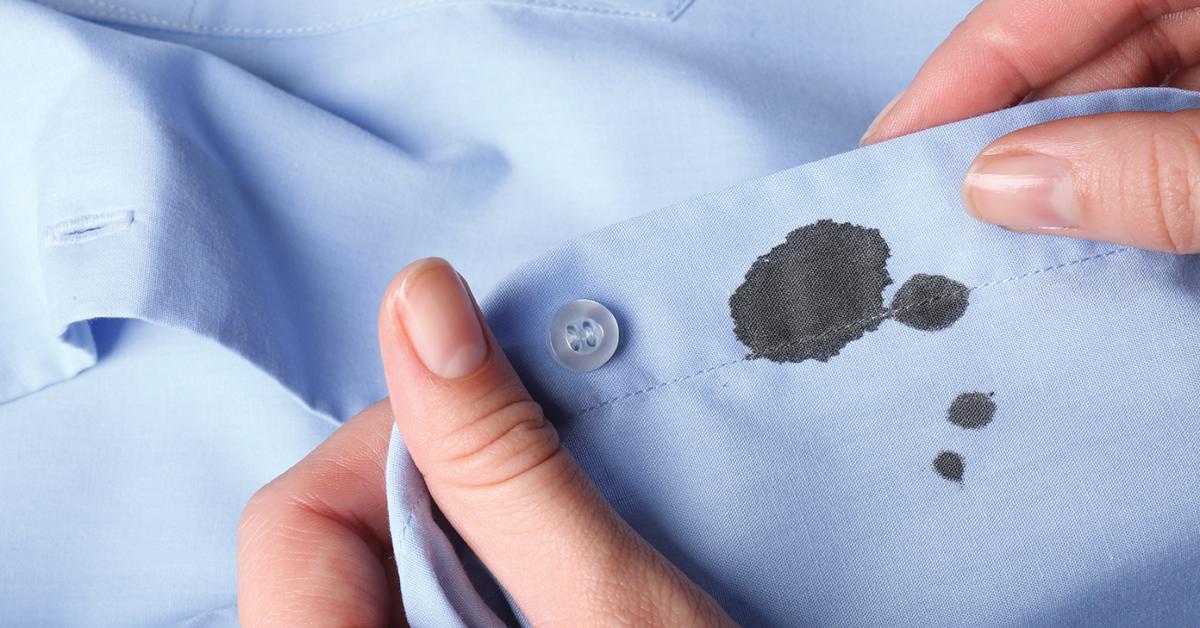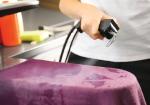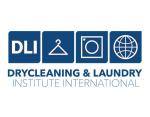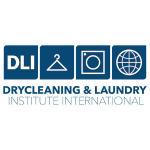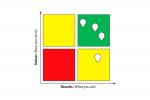CHICAGO — You’ve learned the fundamentals and developed your diagnostic skills — but mastering stain removal goes beyond knowing how to attack tough spots. The real experts understand when to walk away from a risky job, how to avoid the costly mistakes that can destroy garments and customer relationships and, most importantly, how to build a culture of expertise that doesn’t leave with your best spotter.
In Part 1 of this series, we explored the growing knowledge gap in spotting and how technology can be both a benefit and a detriment to getting stains out. In Part 2, we examined the philosophy and mechanics behind stain removal training.
Today, we’ll conclude by looking at how to avoid common mistakes, knowing when not to accept certain items, and how to pass on hard-won knowledge to others in the plant.
Common Mistakes and How to Avoid Them
Experience has taught experts to recognize patterns in the mistakes cleaners make, and they’ve developed strategies to address these issues in their training.
“The biggest mistake is rushing the process,” says Brian Johnson, education director for the Drycleaning & Laundry Institute (DLI). “Everyone thinks it’s supposed to be instant magic. Using the wrong procedure and being overly aggressive with it almost always ends in color loss and fabric damage.”
His solution focuses on patience and systematic progression.
“In training, we slow the process down, emphasizing testing first,” he says. “We work from the least to most aggressive methods while respecting the stain and the fabric. We teach that sometimes less is more to avoid damage.”
Alan Spielvogel, director of technical services at the National Cleaners Association (NCA), sees a particular problem with combination stains, where improper sequencing can permanently damage the fabric.
“There’s a sequence to break down stains,” he says. “If it’s a combination stain that contains grease and oil, (that) component has to be removed first, and then the water-based component, whether it be tannin or protein.”
The consequences of getting this wrong can be severe: “If you don’t do it in that order, you stand a very good chance of heating up the oil component with the steam gun to the point where it becomes oxidized grease, and it can get very difficult to remove that stain.”
Knowing When to Say ‘No’
A crucial aspect of stain removal involves recognizing when to refuse a job or to refer a customer elsewhere. This requires a good sense of risk assessment and clear communication.
“You need to evaluate the likelihood of success,” Johnson says. “You should examine the garment’s construction and determine its limitations. You should also be aware of the customer’s expectations. What do they think this garment is supposed to look like when it’s done? If the risks outweigh the benefits, then communicate that. Explain the potential outcome so the customer can make an informed decision.”
Inspection is the critical first line of defense, according to Spielvogel.
“A well-trained CSR will be able to detect some of these problems prior to the dry cleaner getting it,” he says. “With something like perspiration on a silk blouse, the customer has to be informed that, especially on a darker color, there could be a color loss from the chloride salts and acids in the perspiration and antiperspirants.”
Developing Expertise and Passing It On
For cleaners who want to become the go-to experts for difficult stains in their markets, they should know that it requires an ongoing commitment to learning and repetition.
“That type of mastery comes from a cycle of study, practice and reviewing what you’ve done in the past,” Johnson says. “My recommendation is to start with formal education to get the foundation. Then practice, practice, practice. It’s not something that’s learned in a matter of days or weeks. To be the go-to expert, you must always continue to learn. I’m learning new techniques every single day when I talk to people.”
For passing on knowledge within organizations, Johnson advocates cross-training: “This approach creates a built-in mentorship, so the expertise isn’t stuck with one person. That knowledge gets passed on naturally.”
Spielvogel emphasizes the business value of developing this level of expertise.
“One of the biggest compliments when I was in business was, ‘I only bring you my good stuff,’” he says. “A lot of cleaners might get insulted by that, but it’s really a compliment. That customer is willing to pay probably more for their garment because it means something to them — and the rest of their everyday stuff they give to your competition.”
Looking Forward
Spielvogel is optimistic about what the future of stain removal education holds.
“With AI, trainers could be doing some great things,” he says. “It’ll be clearer, more concise, and almost like being there. We used to get calls saying, ‘Oh, I live in Texas. I can’t come, and I can’t afford to send my spotter for a week.’ Now, you can give an education to anybody, anywhere, and they’ll become more proficient in what they’re doing.”
Facing knowledge gaps and evolving technical challenges, the industry’s path forward requires combining traditional expertise with modern educational approaches. The goal, however, remains the same: developing spotters who can serve as both detective and chemist, solving the mysteries that come through the door each day.
“Unfortunately, there’s a lot of people in this industry who think they already know it all,” Johnson says. “When you’ve stopped learning, you’re going backwards.”
For earlier parts of this series: Part 1 — Part 2
Have a question or comment? E-mail our editor Dave Davis at [email protected].

